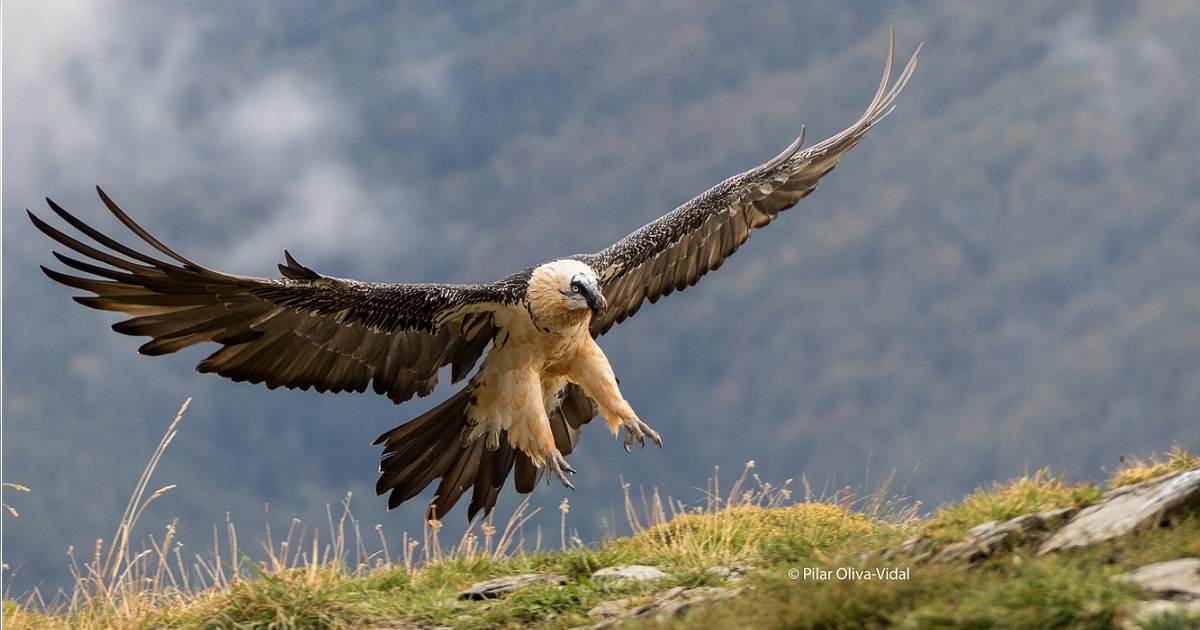- 2.7Impact Factor
- 5.2CiteScore
- 18 daysTime to First Decision
Vulture Ecology and Conservation
This special issue belongs to the section “Ecology and Conservation“.
Special Issue Information
Dear Colleagues,
Vultures provide important ecosystem services. However, many species of vulture are threatened and are unfortunately declining worldwide, mainly because of anthropogenic factors. Their future depends on the development of wide-ranging collaborations and innovative conservation actions integrating economic, political, cultural and social realities. The aim of this Special Issue is to publish original research papers or reviews concerning vulture behavioral ecology, conservation biology, ecotoxicology, etc., to advance our knowledge and tools for managers and policymakers, allowing us to harmonize and improve conservation and management actions with human development and wellbeing.
Dr. Antoni Margalida
Guest Editor
Manuscript Submission Information
Manuscripts should be submitted online at www.mdpi.com by registering and logging in to this website. Once you are registered, click here to go to the submission form. Manuscripts can be submitted until the deadline. All submissions that pass pre-check are peer-reviewed. Accepted papers will be published continuously in the journal (as soon as accepted) and will be listed together on the special issue website. Research articles, review articles as well as short communications are invited. For planned papers, a title and short abstract (about 250 words) can be sent to the Editorial Office for assessment.
Submitted manuscripts should not have been published previously, nor be under consideration for publication elsewhere (except conference proceedings papers). All manuscripts are thoroughly refereed through a single-blind peer-review process. A guide for authors and other relevant information for submission of manuscripts is available on the Instructions for Authors page. Animals is an international peer-reviewed open access semimonthly journal published by MDPI.
Please visit the Instructions for Authors page before submitting a manuscript. The Article Processing Charge (APC) for publication in this open access journal is 2400 CHF (Swiss Francs). Submitted papers should be well formatted and use good English. Authors may use MDPI's English editing service prior to publication or during author revisions.
Keywords
- ecology
- conservation
- human–wildlife conflicts
- ecosystem services
- ecological modeling

Image courtesy of Pilar Oliva-Vidal
Benefits of Publishing in a Special Issue
- Ease of navigation: Grouping papers by topic helps scholars navigate broad scope journals more efficiently.
- Greater discoverability: Special Issues support the reach and impact of scientific research. Articles in Special Issues are more discoverable and cited more frequently.
- Expansion of research network: Special Issues facilitate connections among authors, fostering scientific collaborations.
- External promotion: Articles in Special Issues are often promoted through the journal's social media, increasing their visibility.
- e-Book format: Special Issues with more than 10 articles can be published as dedicated e-books, ensuring wide and rapid dissemination.

